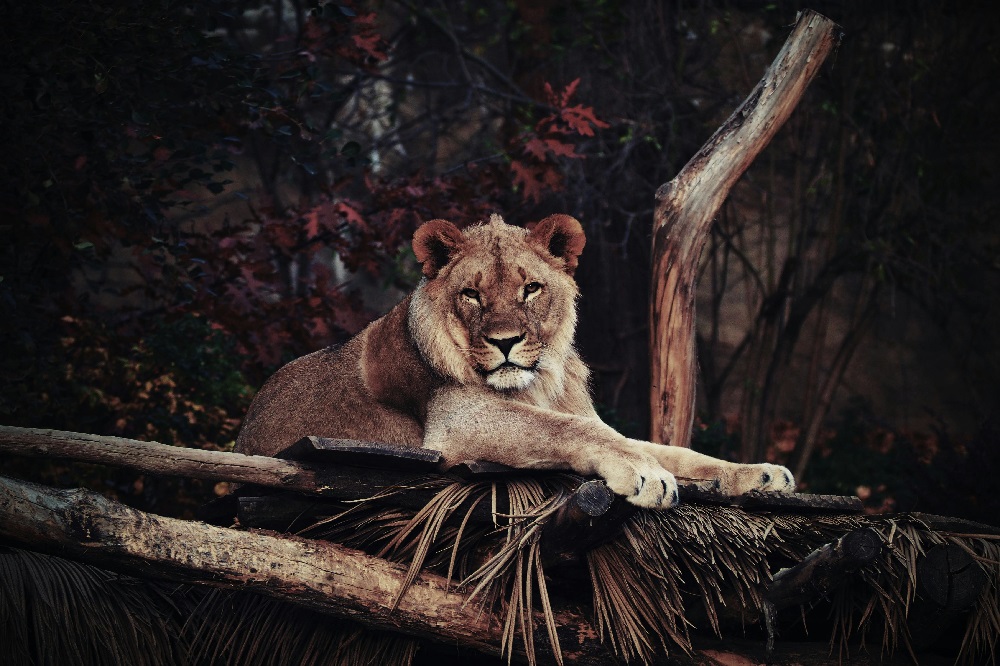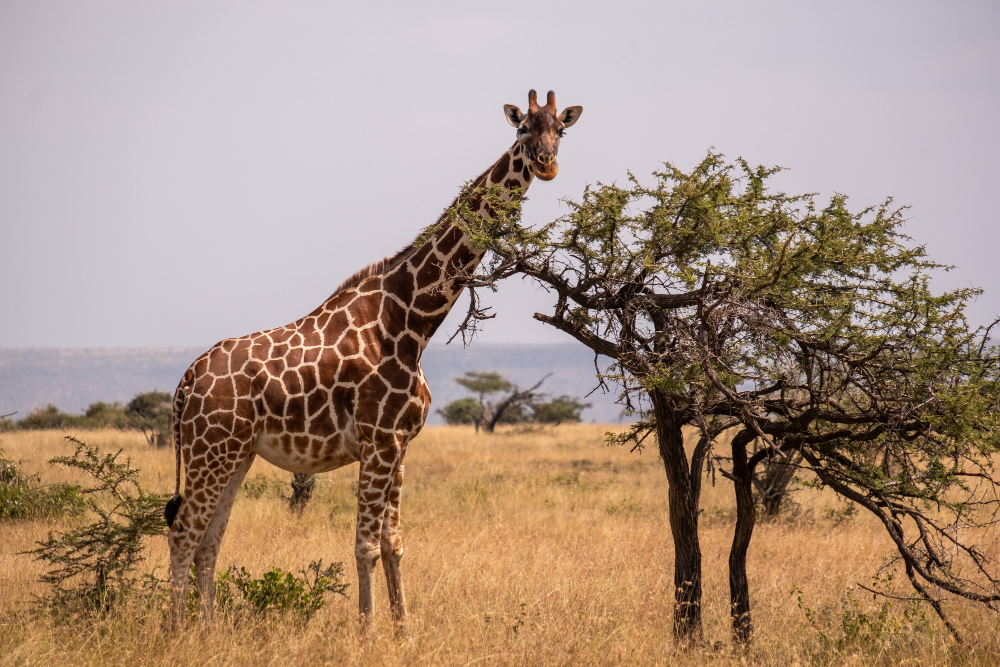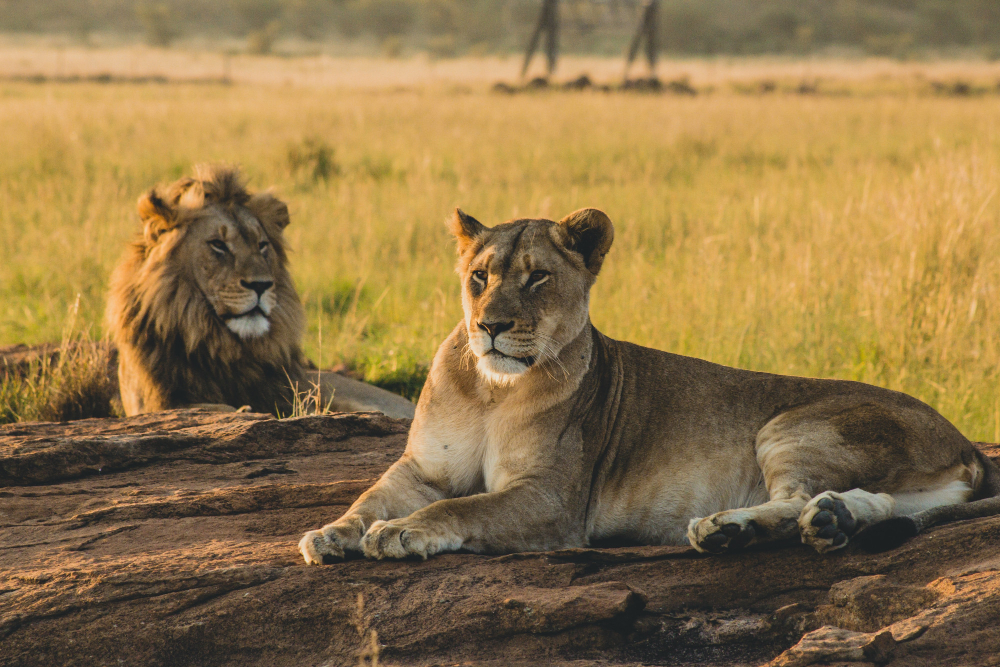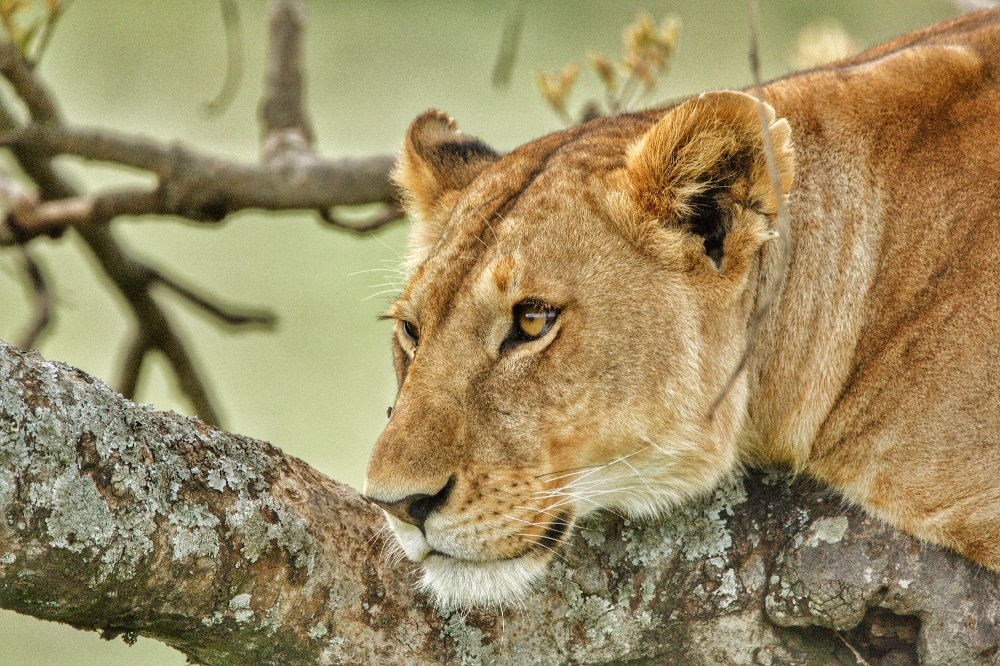The Serengeti is a year-round destination, but the timing of your safari determines the wildlife experiences you’ll encounter. Most travelers plan their trips around the Great Migration, a spectacular natural event where millions of wildebeest, zebras, and gazelles move across the plains in search of fresh grazing. If your goal is to witness dramatic river crossings, the best months are typically July through September, when herds brave the crocodile-filled Mara River. However, if you want to see calving season, when thousands of young wildebeest are born within weeks, late January to February in the southern Serengeti is ideal. Each season offers something unique—green lush landscapes after the rains, intense predator action in the dry months, and stunning photographic opportunities year-round. The key is to match your safari timing with the wildlife spectacles that matter most to you.

What months are the wet seasons in Serengeti?
The Serengeti experiences two main rainy periods: the short rains from late October to December and the long rains from March to May. During the long rains, the park is at its greenest, with wildflowers blooming and rivers flowing strongly. While heavy downpours can make some roads challenging, this is also when the landscapes are at their most photogenic and crowds are minimal. The short rains are usually lighter and serve as a transition from the dry season into the lush months. Understanding these patterns helps in planning, especially if you want to avoid heavy rainfall but still enjoy the benefits of lush vegetation and active wildlife.
How cold is Serengeti at night?
Nighttime temperatures in the Serengeti can surprise travelers. Despite its location near the equator, early mornings and evenings—especially during the dry season from June to August—can be chilly, with lows dropping to around 10°C (50°F). Higher altitude areas like the Ngorongoro highlands are even colder. Packing layers is essential, as you’ll likely begin morning game drives before sunrise when the air is crisp, then shed clothing as the day warms. The contrast between cool mornings and warm afternoons is part of the adventure, and many lodges provide cozy blankets for open-vehicle drives.

What is the best time to visit Kenya?
For travelers pairing the Serengeti with Kenya’s Masai Mara, the timing of your visit can enhance your migration experience. The Mara typically sees the herds from late July to early October, overlapping with northern Serengeti activity. If you’re aiming to see both parks at their peak, late August is a sweet spot when migration action can be witnessed on both sides of the border. Kenya’s dry seasons—January to March and June to October—are generally best for wildlife viewing, as animals congregate around water sources and vegetation is less dense.
How long to stay in Serengeti?
A Serengeti safari should not be rushed. While it’s possible to get a taste of the park in two nights, a truly immersive experience ideally lasts four to six nights, split across different regions of the park. This allows time to explore the central Seronera Valley’s big cat territories, the western corridor’s Grumeti River, the northern Mara River area, and the southern Ndutu plains. Wildlife sightings vary greatly depending on the area and season, so moving between camps increases your chances of encountering the migration, predators, and a variety of habitats. Longer stays also mean you can enjoy slower-paced game drives, bush walks, or cultural visits without feeling pressed for time.
Where is the best place to see the Serengeti migration?
The migration’s location changes throughout the year, so the “best place” depends on the month of your visit. From December to March, the southern Serengeti and Ndutu area host the calving season. From April to May, herds move through the central and western regions, with river crossings of the Grumeti providing thrilling predator-prey encounters. June to early July sees the herds heading north, and from July to September, the northern Serengeti and Mara River crossings are the highlight. October and November bring the herds back south through Lobo and the eastern plains. Staying in mobile camps that move with the migration offers the most reliable positioning.
What is the best time to visit Masai Mara?
The Masai Mara’s migration season mirrors the northern Serengeti’s, peaking from late July to early October. However, the Mara also offers exceptional year-round wildlife viewing thanks to its resident populations of lions, leopards, cheetahs, and elephants. If you’re not bound to migration timing, visiting during the shoulder seasons—January to March or late October to November—offers fewer crowds while still delivering abundant game sightings. For photographers, the light in these months can be especially beautiful, with soft sunrises and dramatic afternoon storms.
What is the difference between the Central Serengeti and the Northern Serengeti?
The Central Serengeti, or Seronera Valley, is known as the heart of the park and offers reliable game viewing year-round. It’s famed for its high densities of lions, leopards, and cheetahs, as well as scenic granite kopjes that serve as predator lookouts. The Northern Serengeti, in contrast, is more remote and less crowded, with sweeping savannas, riverine forests, and the Mara River. This is the prime location for witnessing dramatic migration river crossings between July and September. Many travelers combine both regions in one trip for a balance of wildlife variety and migration spectacle.
How often do fires happen in Serengeti?
Fires, both natural and controlled, play an important role in the Serengeti’s ecosystem. Controlled burns are conducted to manage grassland health, prevent larger wildfires, and encourage fresh growth for grazers. These typically occur in the dry season, especially from July to September. Natural lightning strikes can also spark fires, though they’re usually quickly contained. For visitors, the sight of a controlled burn with animals calmly grazing nearby is a reminder of the natural cycles that sustain this ecosystem.
Is the Serengeti in mid May?
Mid-May falls toward the end of the long rains, when the central and western Serengeti are lush and teeming with life. While some lodges may close for renovations during this quieter season, those that remain open offer intimate safari experiences with minimal crowds. Roads can be muddy, but sightings of large herds, newborns, and predators are still common. Photographers particularly appreciate the vibrant greens and dramatic skies of this period.
What happens every year in Serengeti?
Every year, the Serengeti stages one of the most extraordinary wildlife events on Earth—the Great Migration. Over 1.5 million wildebeest, hundreds of thousands of zebras, and other grazers follow ancient routes in search of fresh pastures, trailed by predators. This continuous cycle of life and death plays out across the park’s varied landscapes, offering visitors the chance to witness calving, mating, hunting, and river crossings. Alongside the migration, the Serengeti’s resident wildlife—lions, leopards, elephants, giraffes, hippos, and countless birds—ensures that no matter the month, there’s always something remarkable to see.
Can you fly to Serengeti?
Yes, flying to the Serengeti is not only possible but often the most efficient way to maximize your time in the park. Domestic flights from Arusha, Kilimanjaro, or Zanzibar land on airstrips conveniently located near major safari regions. These flights save hours of driving and offer stunning aerial views of the plains, rivers, and wildlife below. Many safari packages include flights as part of their itineraries, ensuring seamless connections between different parks and regions.



